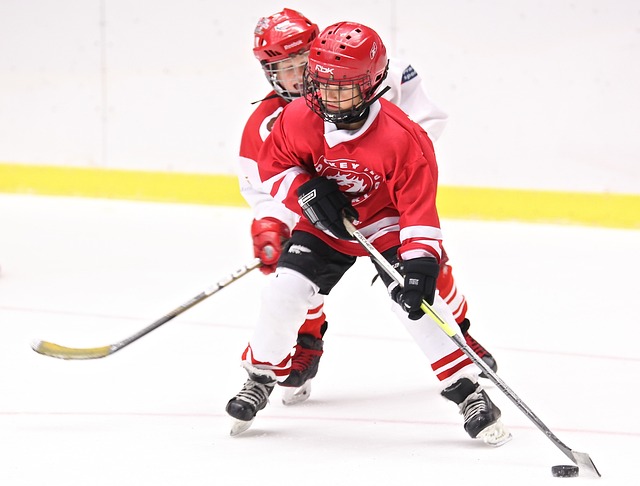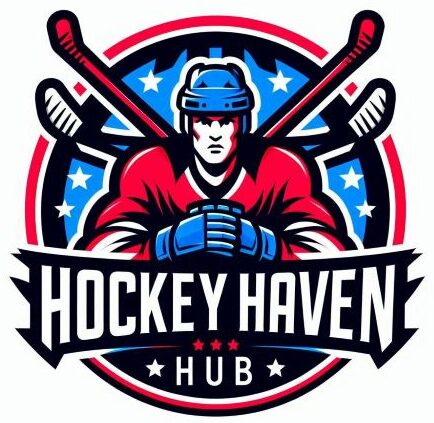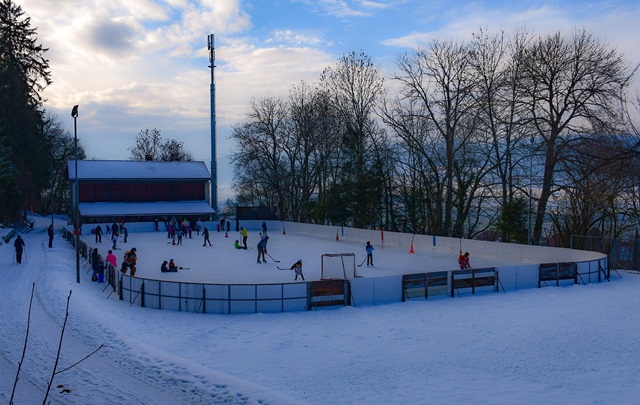
Becoming good at hockey starts with getting the basics right. This isn’t just about knowing the rules but really understanding what makes this sport tick. The first step to improvement is getting solid on the fundamentals like skating, passing, and shooting. Nail these, and you’re already way ahead of the game.
When you’re new to hockey, consistency is key. It’s all about putting in the effort day in and day out, even when it feels like you’re making slow progress. Over time, these small efforts add up to big improvements.
Watching the pros play can be a total game-changer. It’s not just entertaining; it’s educational. Pay attention to their moves, strategies, and how they handle high-pressure situations. Trying to mimic their style can boost your understanding and skills.
Gear matters more than you might think. The right equipment can make or break your learning experience. Your skates should fit well, and your stick needs to be the right height. When your gear’s right, you’re free to focus on perfecting your moves without unnecessary discomfort or hindrances.
Basic Hockey Drills: The Building Blocks of Progress
Starting out with the basics in hockey drills is like building the foundation for everything else. Once you’ve got these down, your skills can really take off. Skating drills are your new best friend. Focus on balance and control—things like forward and backward skating with stops and turns are essential. This builds your confidence on the ice, which is where it all begins.
When it comes to puck handling, it’s all about keeping the puck close while moving quickly. Simple stickhandling drills, like figure eights and stationary puck moves, are perfect to get started. They might seem repetitive, but that repetition is what locks it in your muscle memory.
Don’t forget about passing and receiving. These drills aren’t just for teamwork; they’re for developing precision and smoothness in your game. Try passing with a partner or against a wall. It sharpens your reflexes and helps you judge the speed and weight of your passes better.
Lastly, shooting drills can be a lot of fun. Start with stationary targets and work on accuracy and power. As you improve, incorporate some movement before taking your shot. This translates directly to better performance during real game situations.
Honing Skills Off the Ice: Effective Home Practice Techniques
Practicing at home is like having your own little training camp. You don’t need a full-on ice rink to work on your skills. Start with some simple stickhandling exercises right there in your living room. Use a ball or a puck and practice moving it side to side, quick and controlled. You might be surprised at how much your stick skills can improve by just a few minutes of home practice each day.
Even though you’re off the ice, mimic on-ice movements to keep your body in the groove. Things like lateral jumps, squats, and sprints simulate the kind of movements you’d make on skates. These exercises help your muscles remember what to do when you’re back on the ice, maintaining that muscle memory.
Setting up your own little practice zone can be a game-changer. With a little creativity, you can create a mini rink in your backyard or even sneak in some practice right in the garage. Use makeshift goals or targets to hone your shooting skills.
Don’t overlook fitness routines and hand-eye coordination exercises. This can be as simple as juggling or playing catch with a buddy. These activities surprisingly enhance your game play, making your reactions sharper and your coordination better when you’re finally back in the rink.
Improving Your Hockey Stick Skills: Mastery through Practice
To truly master hockey, developing stick skills is a must. It’s all about control, precision, and that little something extra that makes you stand out on the ice. Techniques like dekes and dangles aren’t just flashy; they’re effective. Start with quick, controlled stickhandling moves and gradually incorporate more complex techniques as you gain confidence.
Understanding how to shoot—and shoot well—can take your game to another level. Work on your wrist shot. Focus on the speed and accuracy, adjusting your grip and stance to find what feels right. Consistent practice, like firing pucks at targets, helps dial in your aim.
Finding the right stick is crucial, too. Experiment with different lengths and flex points until you find your perfect match. The right stick feels like an extension of your arm, making everything you do more fluid and natural.
Consider using training aids like stickhandling balls and shooting targets. These aren’t just for beginners and even seasoned players benefit from these tools, as they provide that extra bit of practice you might be missing. Look for resources or apps that offer drills and tips to keep your training sessions fresh and effective.

